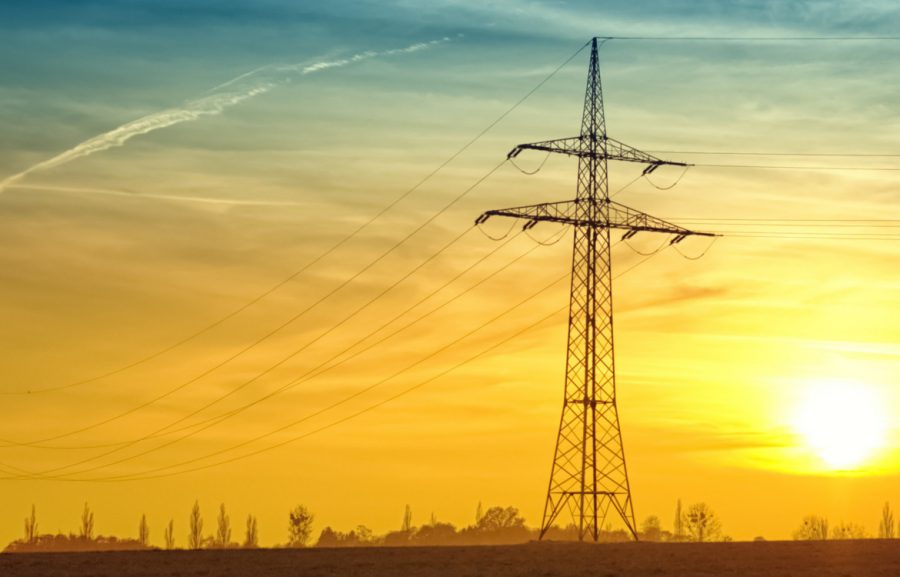Electricity deregulation was supposed to make the cost of power go down. Although many states have adopted the idea and have had success with it, others are still struggling. The cost of electricity in these five deregulated states is among the highest in the country. The reasons for this vary – either not enough people use standard electricity, the state relies heavily on natural gas, or it’s just plain expensive because so many people need it. No matter what, if you live in one of these states, then your power costs are much higher than average.
1) New York
Electricity markets in New York have been deregulated since 1997. They were one of the earliest adopters of this idea. However, that hasn’t stopped their electricity rates from skyrocketing. Since the rates for everything in this state – from gasoline to natural gas – have gone up in recent years, don’t expect to see this trend change anytime soon. According to late 2017 prices, people in New York paid over 47% more for their electricity than everyone else in the nation. This may change eventually, since the state is planning to utilize alternative energy sources starting in 2023.
2) Rhode Island
Rhode Island is a state that relies almost entirely on natural gas to create their electricity. Although this makes it cleaner than coal-fired electric plants, it does make it somewhat expensive. The current rates are almost half that of New York, but they are still higher than the rest of the country – at least, in the states with deregulated markets. In recent years, Rhode Island has begun to utilize their coastal location in order to produce some electricity – in the form of wind farms – but rates are still high. As long as they keep using wind in this manner and rely less on natural gas, their rates will probably begin to trend downward. It will be sometime before that happens however.
3) New Hampshire
New Hampshire’s sources of electricity include power plants that run on natural gas, as well as nuclear power – the state is home to one of the largest nuclear reactor power plants on the East Coast. Between the two, residents pay around 35% more than the rest of country for their power. This is despite the fact that New Hampshire has been deregulated since 1998. Apparently, there are plans in the works to produce more electricity using environmentally friendly means, which will eventually lead to lower rates. Until then, however, residents will pay quite a bit for their power.
4) Massachusetts
The electric utility rates in Massachusetts are on par with the rest of the Northeast. That is to say, they’re higher than the rest of the country. In Massachusetts, the power plants run on a combination of natural gas (over 50% of their power comes from it), as well as coal, along with environmentally friendly options like solar and wind power. However, this combination isn’t enough to make their electricity cost any less per kilowatt hour.
5) California
You would think that California, home of solar panels and the environmental movement would have lower energy rates. They don’t. In fact, thanks to their lottery system of choosing providers, many homeowners don’t have much of a chance to get a lower rate. As it is, California’s electricity rates are 40% higher than the average prices in the rest of the country. This puts them on par with New York. However, they do have the lowest amount of energy usage, possibly because of those alternative methods, as well as their climate. Perhaps that’s why their rates are so high? No one uses as much electricity.
These five states have deregulated electric utility markets, yet their rates are much higher than the rest of the country. In several of the states – New York and California, particularly – residents are paying over 40% more than they would in other states. Although change is on the horizon when it comes to ways in which these states produce their electricity, those rates will not be going down anytime soon. It takes time to set up mass solar and wind power farms, and even more for those cost-saving measures to trickle down to the consumers.
About the Author –
This guest article is a work of Arthur Handelman from UtilityDiscount.com that helps you compare electric and gas rates and switch to a better plan in less than 5 minutes.







Recent Comments